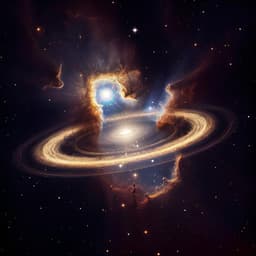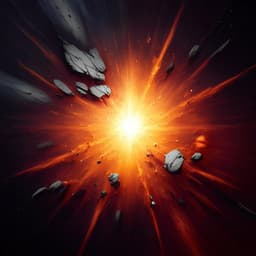
Space Sciences
Evidence for a liquid silicate layer atop the Martian core
A. Khan, D. Huang, et al.
New insights from the InSight mission reveal a lighter Martian core, suggesting the presence of light elements and proposing a molten silicate layer above a denser core. This groundbreaking research by A. Khan, D. Huang, C. Durán, P. A. Sossi, D. Giardini, and M. Murakami aligns geophysical and cosmochemical data to reshape our understanding of Mars.
Playback language: English
Related Publications
Explore these studies to deepen your understanding of the subject.







